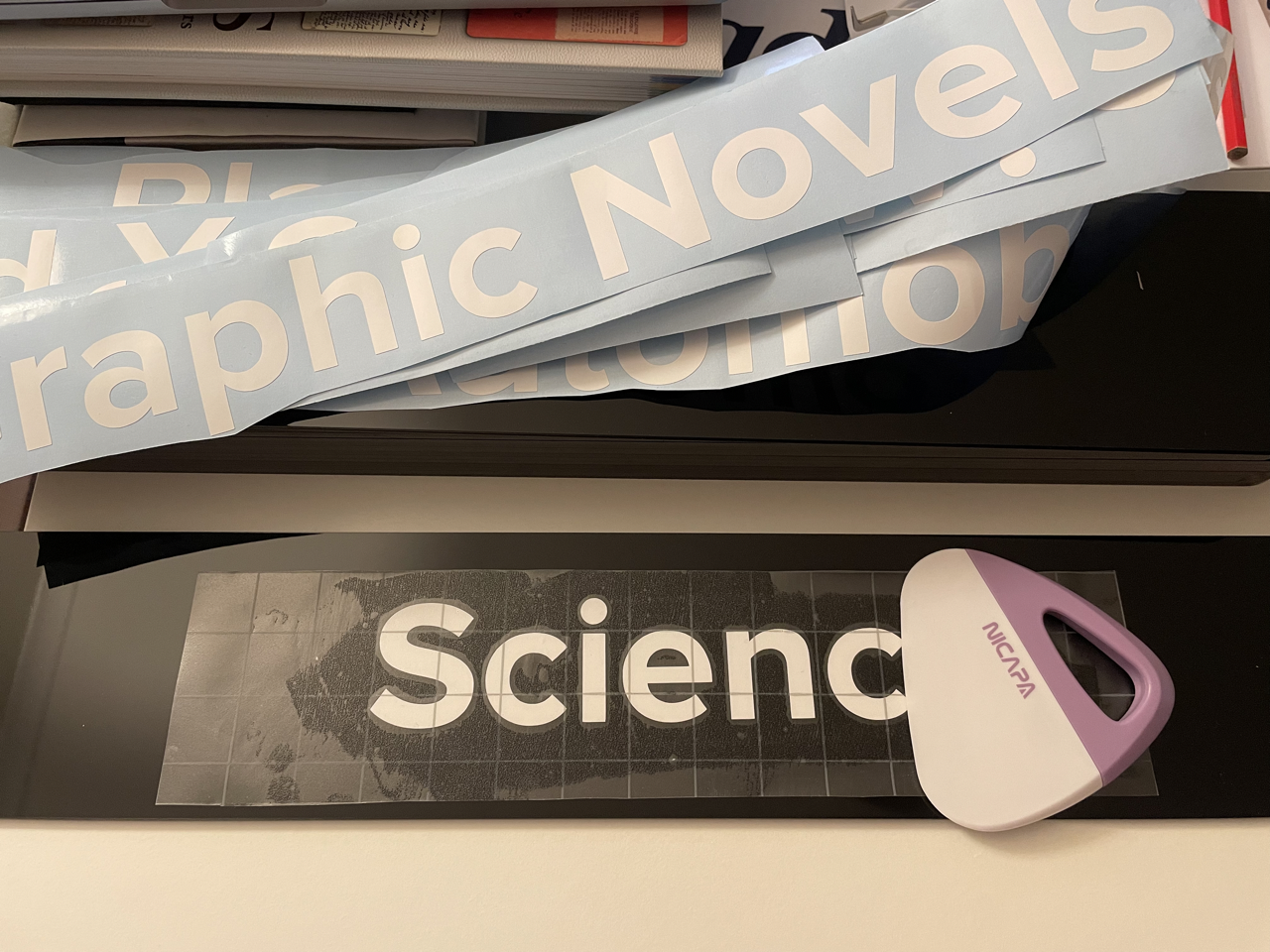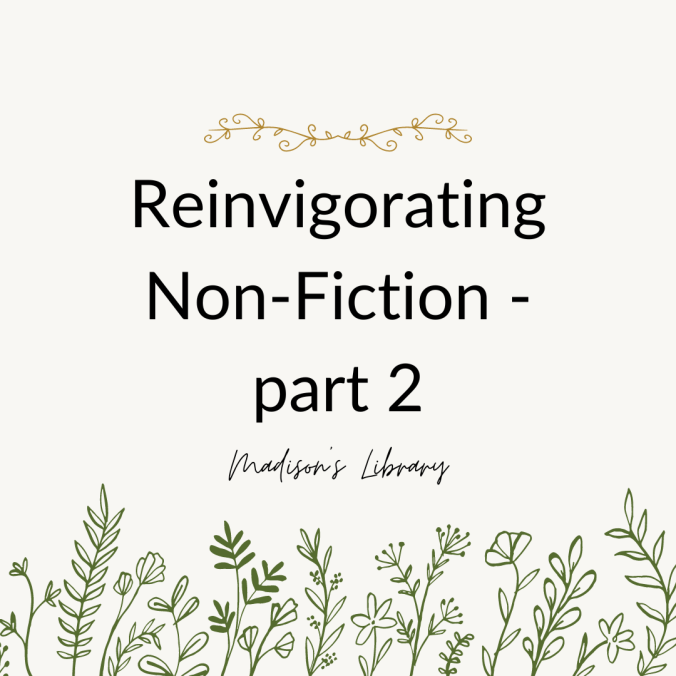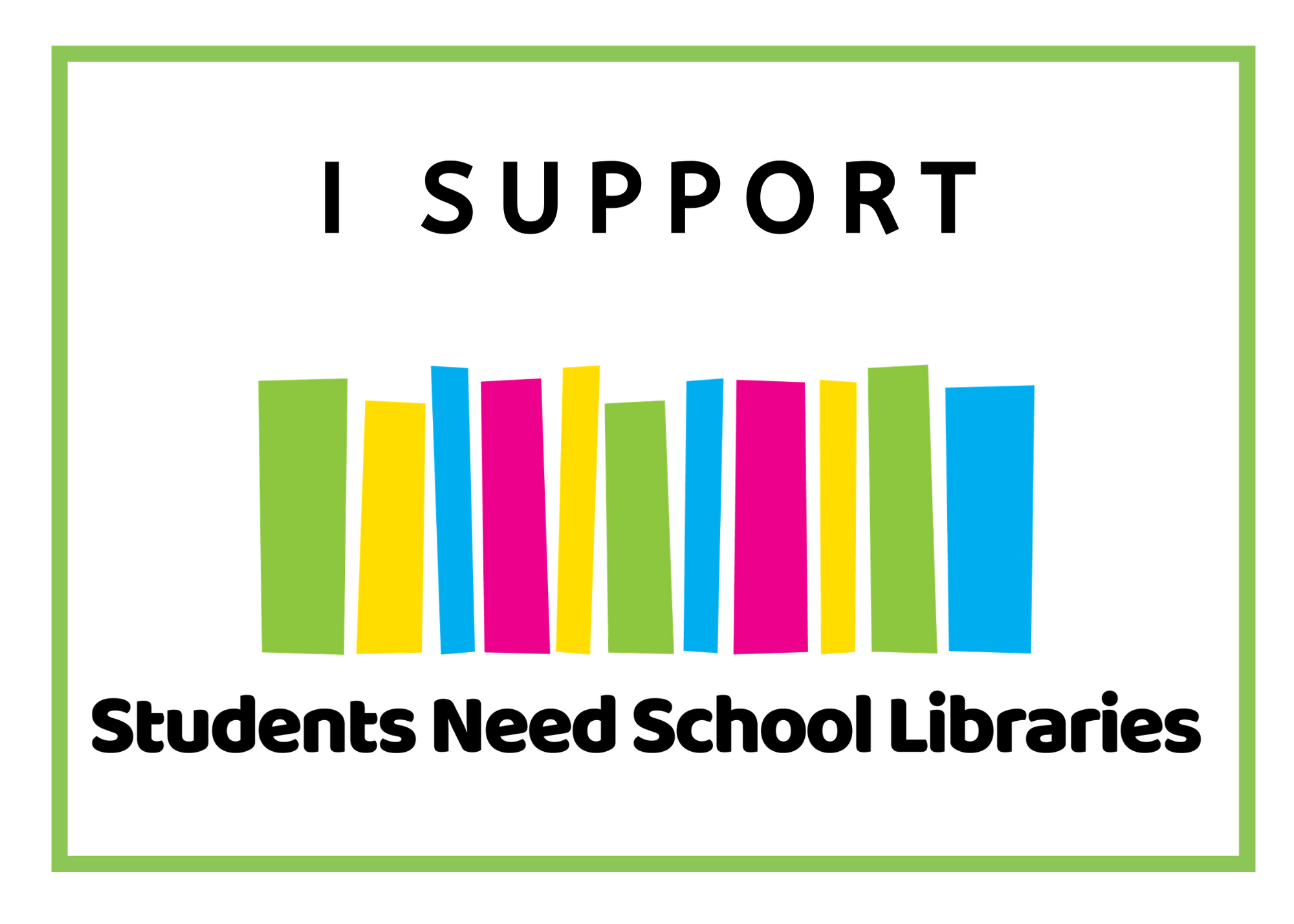Reinvigorating Non-Fiction – part 2 of a 2 year journey
I am in the middle of reinvigorating the non-fiction in my secondary school library. Non-fiction has been a bit of a hot topic in school library discussions in recent months and for good reason. On one hand we are embracing genrefication and challenging the status quo of using problematic library layout systems and on the other hand school librarians are investigating the importance of non-fiction and its place in the school library.
Note: I wrote the my first post in this series back in June of 2022, after just six months of taking over as acting head of library services at my current school library. I was delayed in posting it, and then I was given the news that we needed to pack up the secondary school library and put the majority of the collection and shelving into storage and move into a temporary location. This meant my plans to weed the secondary library non-fiction collection before we moved into our brand new space had to be halted. I didn’t have enough time until we had to vacate our space and the non-fiction collection would all be in storage offsite for at least a few months, so I wouldn’t have access to it to weed or genrefy it. All plans were halted and I had to go about things very differently, or at least a lot more slowly. This post covers what I did in Term 4, 2022 to continue to reinvigorate the non-fiction collection.
What I could do
In preparation to move and store our collection, I had to count the number of shelves of books in each collection I had. I also started a spreadsheet with some of the decent books I could see in the collection. I wanted to be able to start the genrefication process, even if I didn’t have access to the books. I listed topics and possible collections these books could sit within.
A bigger budget
I knew if I wanted to reinvigorate the collection in the way I wanted to, I needed more funds than what I had. I knew that I would spend all available funds that I had access to, but I had already identified a few other collections that really needed the focus of any spare budget I had, like the graphic novel collection, new mystery titles appropriate for the ages of our readers and new memoir. Purchasing a few student non-fiction requests and finding some great secondhand-but-just-like-new bargains (in really good condition, thanks to the super shopping skills of my AmazingLibraryTech) was already showing great results in student feedback and loan stats. I was able to share these with my principal in termly meeting updates and I put together a proposal for a budget increase for the following year, referring to the success we’d had with new purchases, student driven collections and new genrefied collections.
Moving time
As we approached the term 3 holiday break, we boxed up our belongings and we had the collection packed and moved offsite during the first few days of the school holidays. It meant we did not have access to the non-fiction collection for the entirety of term 4 (and term 1 of the following year, but we didn’t know that would happen then). What we did have access to was any new non-fiction we’d purchased or purchased that term. And I am talking really low numbers of books here. Just 10-20. But what the students could access, they loved. I showed me what I already knew – students love non-fiction, they want their reading choices to be valued equally, fiction and non-fiction, and they love beautiful, vibrant, of-interest non-fiction.


Genrefication
Even though I didn’t have access to the collection, I knew I needed to move ahead with the genrefication process. My AmazingLibraryTech and I decided we would start by creating collections that we knew had student interest, that we’d already purchased a few titles for, or that we knew we needed to increase. This list of collections was not complete by any means and we would definitely not be able to fit all the old non-fiction collection into these new groups, but it helped us target future purchasing and move forward. We created our list, refined it, discussed it in the context of our new strategic plan and vision statement, talked it over with my pedagogy coach at the school and we settled on 19 collections. We then refined the names for the collections and selected spine labels from merchandising libraries. These collections reflect the unique school pedagogy and approach to student wellbeing, extra curricular groups and student interest. We already had our Wellbeing collection. We added Health and Fitness, Sport, Travel and Entrepreneurship collections, made Cooking its own section and decided to use Creativity as a larger section to encompass everything from art and design to sewing and textiles. Many people ask me when I talk about genrefication to share the names of my collections and I’m always a little reluctant because, yes, while it might help to give you ideas, your collections should be suitable for your school and student population. I love that about genrefication, there is no one right way. It also might change. Our Creativity section I can see getting really big, really quickly, so we might have to divide it up. And we’ll definitely be adding new collections as soon as we get our hands on the old non-fiction.

As the majority of our non-fiction books already have a spine label with a decimal number and corresponding catalogue reference, I decided to retain this and use it on our new books, just below a collection spine label image. My approach to the DDC system is they are just numbers and I use it loosely. I move books around the system and change the number allocations to make books fit where I want them. The use of genrefication reduces the need to be so restrictive and while we can sort the books within each collection and shelve by the decimals, we probably won’t bother or worry too much, as the books are easy to find in their collections.
New books
As we neared the end of the year, I started to use any remaining funds in my budget to purchase new books – lots and lots of non-fiction. I was also informed that my budget increase request had been approved, which allowed me to start spending those funds. We were working towards the opening of our new building and I wanted lots of beautiful non-fiction on display. Again, my AmazingLibraryTech and AwesomeLibraryAssistant really stepped up, because there was an awful lot of cataloguing, processing, covering and then boxing of books in preparation for our move.



Layouts
Finally, late in term 4, I received the shelving layout plans from up the architect for our new library space. They selected the shelving and furniture and layout. I fought to have everything on wheels (so I could move it all around – don’t tell them) and they very kindly made sure that happened. With the shelving plan and drawings of the shelves and how many shelves each unit had, I could finally do my layout plan for the new space. All I can say is, thank goodness for genrefication, because it simply would not have worked any other way. The initial plan was to have fiction downstairs and non-fiction upstairs. It quickly became apparent, that just wouldn’t work. The shelves downstairs are 900mm high, horrible for reshelving, and fiction is the collection that needs the most reshelving (currently). The layout was choppy downstairs, and trying to fit an A-Z run of our larger fiction collections, like mystery or fantasy, just was not going to work. At all. Upstairs, we were getting 1200mm and 1500mm hit shelves in longer sections, so much more suited to our fiction collections. But trying to fit any sort of DDC layout in either upstairs or downstairs would have made the most stoic librarian run away screaming. Luckily, I had no intention of placing any sort of 000-999 layout. Alongside creating the names for each of the spaces and refining the purposes of each space, it actually made so much more sense to put non-fiction downstairs and fiction upstairs. Manga and graphic novels would also need to go downstairs, as there just wasn’t enough room. We’d also only be putting our new books in their genrefied collections out on the new shelves, with the old DDC non-fiction collection out the back in storage until we could genrefy and get rid of the books with damage and mould. Yuck.
The short shelves in choppy layout would work really well for a genrefied non-fiction collection and it would make the downstairs area, called Explore, the lively, noisey, ‘let’s learn and have fun space’ I wanted it to be. While upstairs with the fiction would be a calmer retreat.
Signage
I knew I needed lots of signage for my collections, so I got to work creating our own custom signage for each of our genrefied collections. I’ll share more about how I did that and how much money it saved us (lots) in a separate post.

So, as we neared the end of term 4 we had new non-fiction, boxed and ready to put in our new space, new signage and a plan (actually, I had multiple plans, plan a, plan b, plan c…. And it’s lucky I did, because we needed them).



Great post. Thanks for sharing. Do you have any photos you are able to share of the different collections and completed signage?
Thank you. Lots of photos!! Part three of this series will post in a few days and that has lots of photos. I’ve also shared lots of photos on my instagram account @Madisons_Library
I’m wondering how much, if any, input you were able to contribute to the new library design?
When I started at the school, the designs were already in place. When I suggested changes, I got told the designs were final. Didn’t let that stop me. I was able to change two things – no ugly storage room on the top floor and instead more storage downstairs, and a really cool entry way to our space instead of an enclosed office in the entry. I had one input on shelving and that it is all on wheels and moveable. The rest was decided for me.